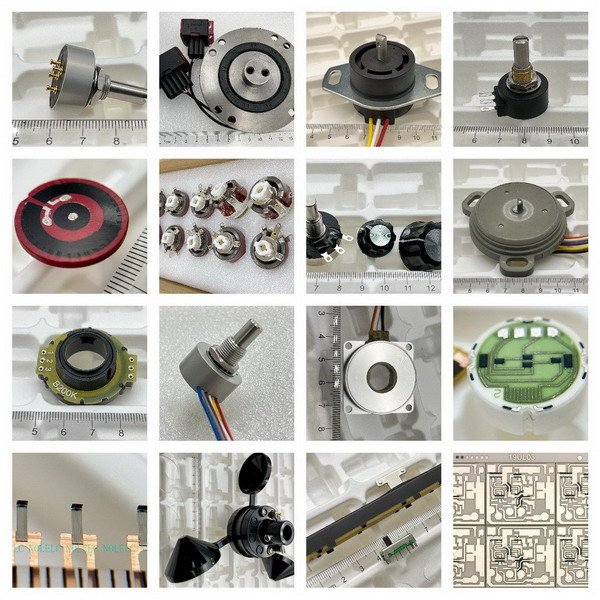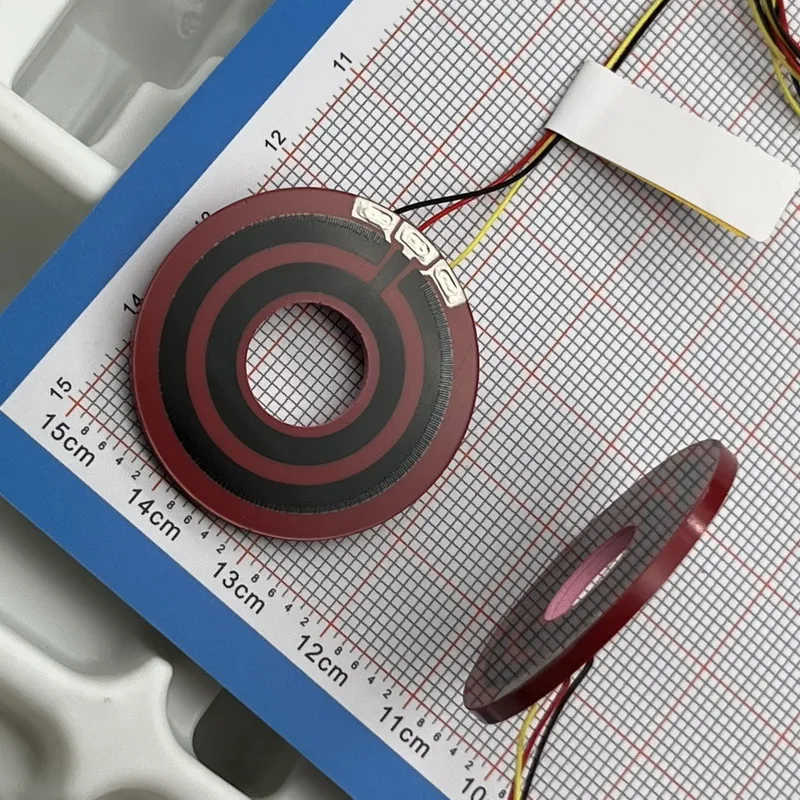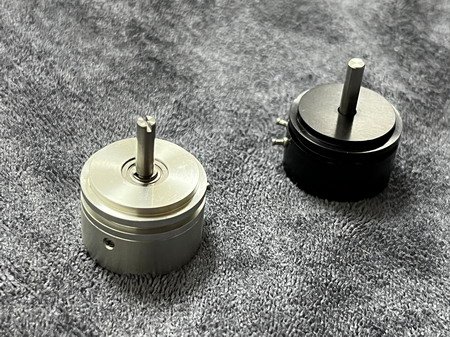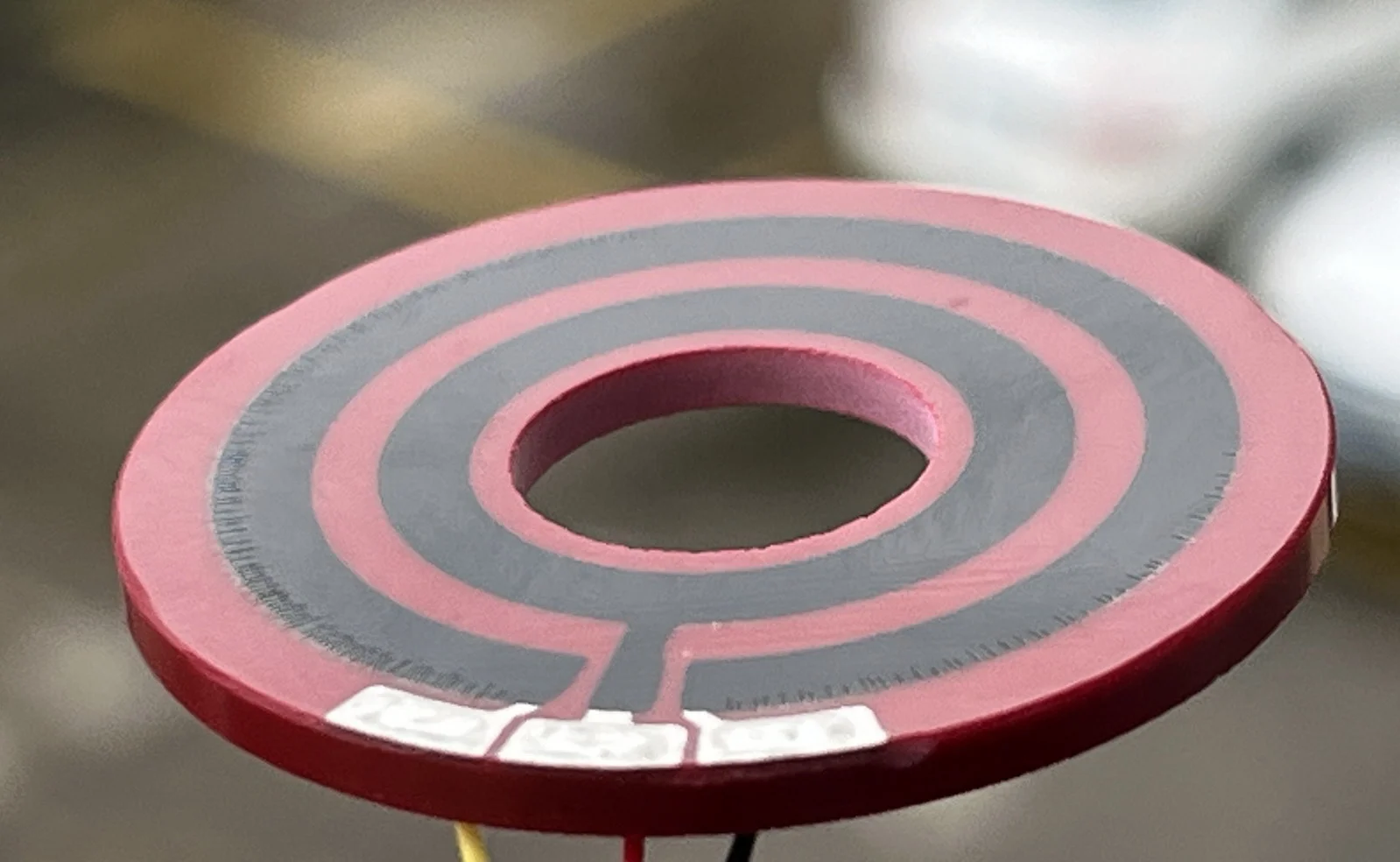Servo potentiometers offer a cost-effective, moderately accurate feedback solution for closed-loop control in servo systems. This article explores their working principles, core advantages, typical use cases, and key comparisons with encoder-based systems—helping engineers and enthusiasts make informed decisions for their applications.
1) The Role and Advantages of a Servo Potentiometer
1.1 Working Principle
Servo-grade potentiometers often use conductive plastic or wire-wound elements, providing a continuous, smooth change in voltage for precise mechanical displacement measurements.servo potentiometer is a high-precision potentiometer used in servo systems. Its fundamental principle is similar to that of a standard potentiometer, where a sliding contact moves along a resistive element to produce different voltages. In servo control, the potentiometer is typically connected to the controlled shaft, so that when the shaft rotates, the potentiometer output voltage changes accordingly. This output voltage represents the current angular position, which is then compared to the target position. The servo motor rotates until the error is reduced to zero, achieving closed-loop control.
1.2 Technical Advantages
Compared to typical commercial-grade potentiometers, servo potentiometers incorporate structural and performance enhancements:
- High-Quality Bearings: They often include robust bearings to ensure smooth rotation, reduce mechanical play, and achieve more accurate shaft alignment.
- Conductive Plastic or Precision Wire-Wound Resistors: These designs offer excellent linearity, with a typical linearity error as low as ±0.05% of the full scale. This ensures that output voltage is almost strictly proportional to the rotation angle, facilitating precise control.
- ulti-Contact Wipers: Multi-finger wipers minimize contact resistance variation, improving reliability and reducing noise.
- Absolute Position Output: A servo potentiometer directly outputs an analog voltage corresponding to its absolute position, unlike incremental encoders that require homing after power-up.
Because of these features—high resolution, low noise, long operating life, and high linearity—servo potentiometers are distinctly superior to standard potentiometers in applications requiring durable and precise position feedback.
1.3 Applicable Industries and Scenarios
Servo potentiometers are commonly used where high reliability and moderate precision feedback are needed, particularly in small- or medium-scale servo mechanisms or analog-based servo systems. In classical industrial control, for example, certain DC servo systems rely on a potentiometer for direct position feedback. Aviation and defense systems—like older aircraft actuators or radar antenna servos—have also historically used precision potentiometers for angle feedback, given their absolute positioning and robust reliability. In the automotive sector, early electronic throttle control (ETC) systems used a potentiometer on the throttle shaft for closed-loop feedback. Similarly, some hydraulic servo valves and positioning platforms integrate potentiometers to detect valve spool or platform positions. While many modern systems use digital encoders, servo potentiometers remain attractive for applications balancing cost, simplicity, and moderate accuracy demands, such as industrial automation devices, training or educational setups, and any environment not requiring extremely high resolution.
2) Advantages and Disadvantages of Pairing a Servo Motor with a Potentiometer
Common Use Cases in Control Systems
A servo motor combined with a potentiometer for feedback is a classic closed-loop control setup, particularly in analog servo drive systems. The potentiometer acts as the positional sensor, outputting a voltage proportional to the motor shaft’s position, and the drive compares this feedback signal with the input command. This arrangement is often seen in traditional DC servo drives, analog circuit-controlled positioning stages, and standard RC servos (used in radio-controlled models or small robots). Automobiles and industrial valves also employ this configuration, e.g., a gas valve servo drive obtaining a feedback voltage from a potentiometer to detect valve opening. These systems offer a relatively low-cost solution for closed-loop position control.
2.1 Advantages over Encoder Feedback
While encoders are now prevalent, the potentiometer-based feedback method retains some unique benefits:
- Simplicity and Direct Output: Potentiometers yield an analog voltage directly, making them easy to interface with analog circuits or basic ADC inputs.
- Absolute Position: The output voltage corresponds to the actual position from the moment of power-up—no homing routine is needed, unlike incremental encoders.
- Low Cost and Mature Technology: Potentiometers are relatively inexpensive and proven in many applications.
- mooth, Continuous Feedback: Theoretically, the resolution is limited only by electrical noise and the ADC resolution, which can provide very fine position control.
- Easy Setup for Limited Travel: Single-turn or limited-travel applications are straightforward to configure with a potentiometer.
These attributes make the servo motor + potentiometer approach appealing in cost-sensitive, moderate-precision servo systems.
2.2 Disadvantages Compared to Encoder Feedback
Potentiometer feedback does have notable drawbacks:
- Lower Precision and Resolution: Mechanical tolerances, linearity, and electrical noise limit potentiometer accuracy compared to high-resolution digital encoders.
- Wear and Reliability: The wiper’s mechanical contact can wear out, degrade accuracy, or cause intermittent signals in harsh environments.
- Limited Rotational Range: Most potentiometers have a finite rotational travel (e.g., 270°), restricting full-rotation or multi-turn applications.
- Sensitivity to Noise: Analog signals are more susceptible to EMI and cannot be transmitted reliably over long distances.
- Mechanical Backlash: Gear-based systems can introduce additional backlash or looseness, reducing overall accuracy.
As high-resolution encoders become more affordable, the disadvantages of potentiometer feedback become more pronounced. Potentiometer-based servo feedback generally suits applications **not requiring ultra-high precision or lifetime.
While encoders dominate many modern systems, servo potentiometers remain a cost-effective choice for moderate-precision needs. Their analog output and immediate absolute feedback suit simpler applications, yet designers should still consider the increasing availability and advantages of encoder-based solutions.










